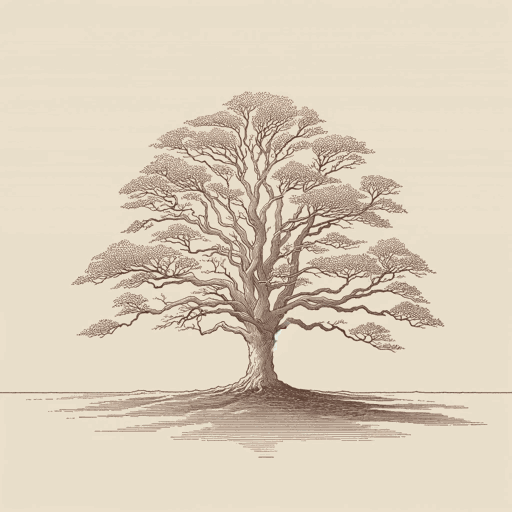71 pages • 2 hours read
Charles Brockden BrownWieland
Fiction | Novel | Adult | Published in 1798A modern alternative to SparkNotes and CliffsNotes, SuperSummary offers high-quality Study Guides with detailed chapter summaries and analysis of major themes, characters, and more.
Themes
Woman as Victim of Seduction
17th and 18th century fiction represents women as victims of seduction in the sense that they are seen as too physically and intellectually weak to defend themselves. Nevertheless, if they are unchaste, either with or without consent, they lose their social standing.
Often the conflict revolves around the idea that virtue is its own protection. If the heroine maintains her virtue, then the assailant will either be disarmed or will fall in love with her and offer honorable marriage. Carwin references this idea when he claims that Clara’s supernatural protector has disarmed him and made him physically unable to complete the proposed act. He then argues that even had he not been stopped, his feelings for her would render the act not dishonorable to her.
The virtue-is-its-own-defense argument contains a Catch-22. If an assailant succeeds in his aim, that proves that the woman was not sufficiently virtuous to disarm him. Thus, she has consented by default. In this context, the question of consent becomes meaningless. Under this antiquated view, even if a woman should successfully defend herself by killing her assailant, the fact that she was unable to disarm him by virtue alone proves consent on her part.
Related Titles
By Charles Brockden Brown


